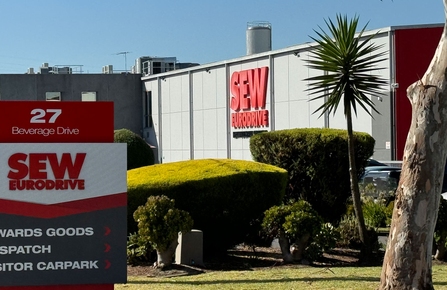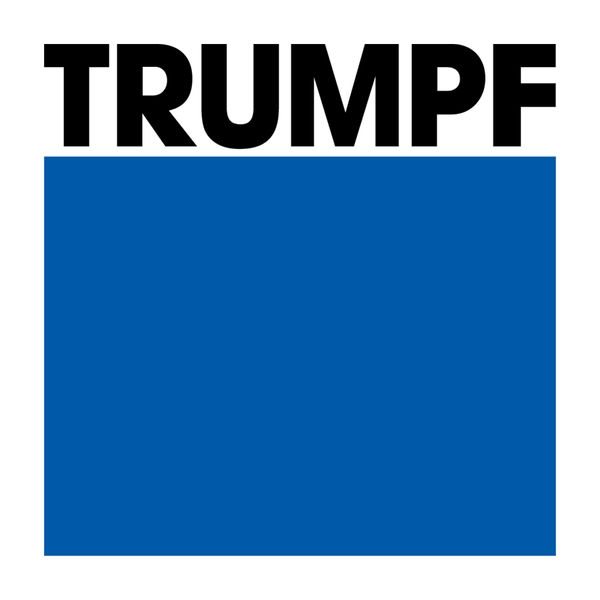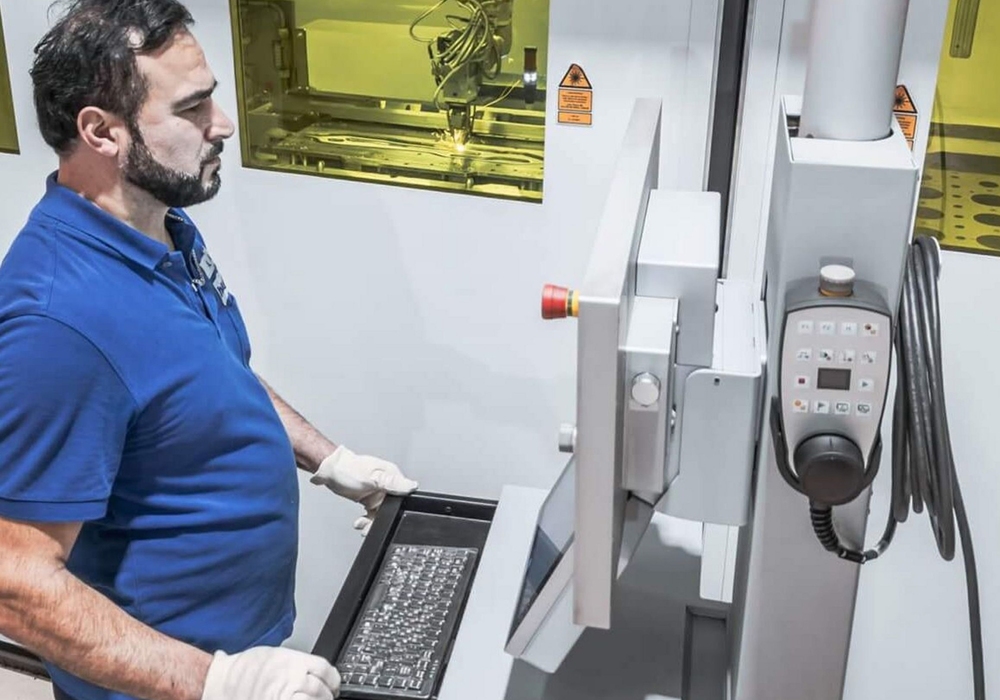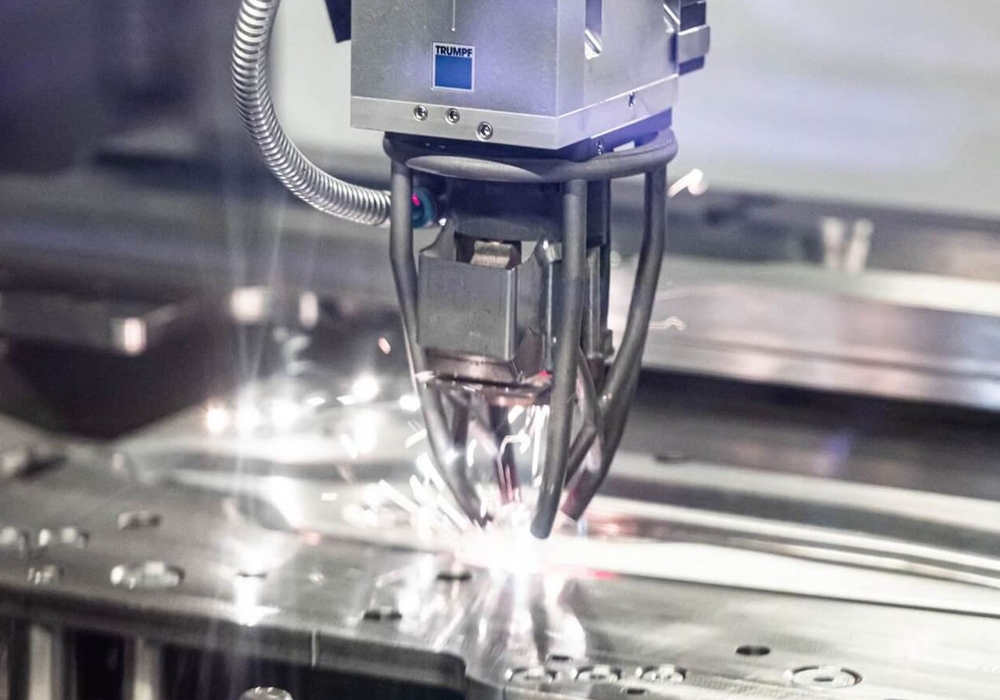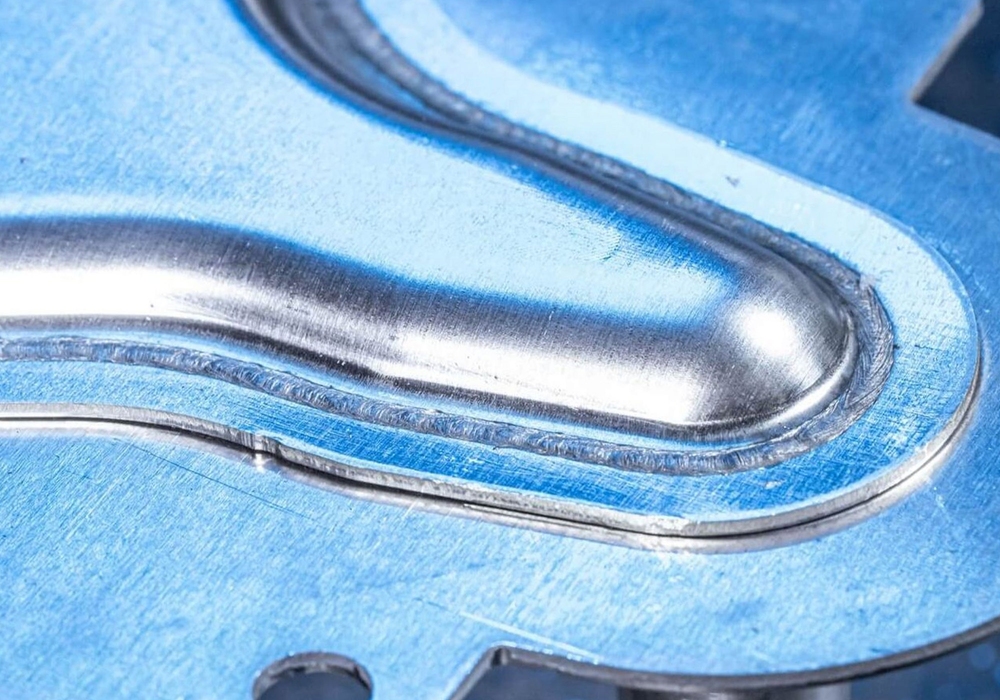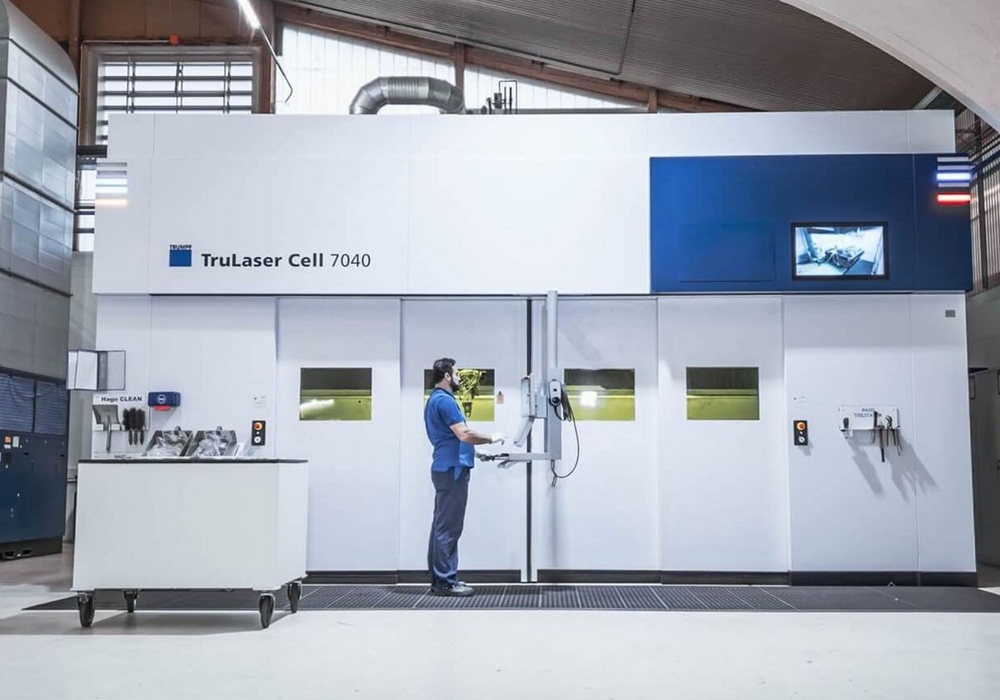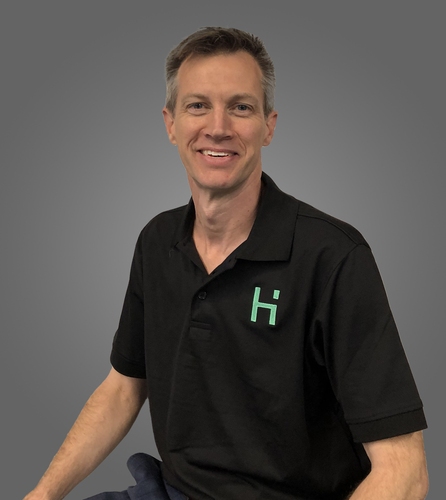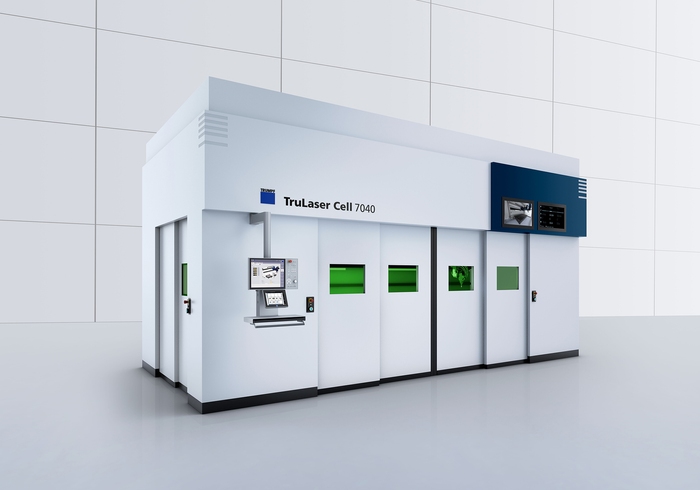In the rapidly evolving world of electric vehicle manufacturing, some challenges seem impossible until someone cracks the code. When automotive suppliers need pressure-tight aluminium components for battery cooling systems, the task pushes the boundaries of what’s achievable in large-scale production. This is the story of how one German precision engineering firm turned an ‘impossible’ welding challenge into a manufacturing breakthrough that’s powering the future of electromobility.
About Feinwerktechnik hago GmbH: Hago is an expert in sheet metal processing. Since 1970, the Swabian company has established itself in various sectors, particularly in the automotive industry, with its wide range of technologies and depth of manufacturing expertise. A strong development and design department, as well as in-house toolmaking, enable hago to support customers from design optimisation to parts processing and testing. More about hago GmbH
The challenge: An ‘impossible’ aluminium welding task
Difficult challenges are commonplace for Joseph Gampp and his sales team at Feinwerktechnik hago.
“It’s part of hago’s philosophy that we discover a solution for all customer needs, regardless of how complex they may be,” explains Joseph Gampp, Head of Product Management at hago.
However, when the challenge of manufacturing a 900x200mm automotive aluminium cooling device arose, even Gampp’s production specialists were doubtful. The cooling device safeguards the thermal management of the power electronics in the battery management controller (BMC) of an electric vehicle. This necessitates both components to be joined pressure-tight with a three-metre-long circumferential weld seam. Even the most optimistic of hago’s production specialists initially deemed it impossible to achieve this using a laser in large-scale production. This is because aluminium is a challenging material: its high susceptibility to cracking due to stresses that occur when the weld pool cools, and the high reflectivity of the metal, make non-porous laser welding difficult and compromise the weld seam quality.
“But we didn’t want to relinquish this exciting project that easily, and mastering challenging tasks is what distinguishes hago from the rest,” says Gampp with a smile.
Pioneering success: First to achieve pressure-tight aluminium welding in series
Marcel Wegmann, Managing Director of Feinwerktechnik hago (right), has Oliver Quirin, Business Development Manager of TRUMPF Laser- + Systemtechnik, demonstrate the quality of the pressure-tight aluminium weld seam.
Proud pioneers: Marcel Wegmann, Joseph Gampp and Patrick Kuner from Feinwerktechnik hago are the first TRUMPF customers to weld these aluminium pressure-tight heat exchangers in series. Using the TRUMPF TruLaser Cell 7040 laser system with BrightLine Weld and ESO optics with Multifocus technology, Feinwerktechnik hago is gaining a competitive advantage in laser welding.
The innovation: BrightLine weld and multifocus technology
The combination of BrightLine Weld and Multifocus optics developed by TRUMPF makes it possible to manufacture reliable pressure-tight weld seams on aluminium. The process is also already being employed successfully for pressure-tight and gas-tight welding of stainless steel.
First attempt fail under pressure
When it comes to laser processing, hago has depended on TRUMPF for years. An extensive range of laser machines covers all production methods. Gampp explains:
“Our specialists therefore, wanted to conduct tests on our existing machines first. It turns out that the aluminium can generally be tightly welded. However, the weld seams regularly cracked under pressure. That’s where our weld seam was falling short. And that was a crucial criterion. The approval of the complete assembly requires it to withstand a pressure pulsation test in which it is subjected to a certain pressure at least 100,000 times.”
Building on proven technology: From stainless steel to aluminium
Joseph Gampp turns to TRUMPF. The specialists there already had experience with gas-tight and media-tight laser welding of stainless steel. And the attempts to weld aluminium gas-tight were also promising. But in a large-scale application?
Making this a reality was also an irresistible challenge for the TRUMPF specialists. Although hago did not yet have the customer’s order, the teams from hago and TRUMPF got to work in the Laser Application Centre. They weren’t starting from scratch: TRUMPF had been offering BrightLine Weld, a proven laser welding process that enables fast, non-porous, and gas-tight welding of stainless steel, for years. Since 2021, the innovative Multifocus optics have been ensuring a new level of quality. The optics split the laser beam into a ring and core configuration, which are split into four spots and positioned in such a way that a common weld pool is created. The resulting, continuously open “keyhole” – a small, vapour-filled channel in the material created by the laser beam – enables a pore-free seam without gas inclusions, even at high welding speeds. Together with BrightLine Weld, it can even be utilised to weld aluminium.
Production scale: 610,000 units over six years
Within the next six years, Feinwerktechnik hago plans to manufacture over 610,000 cooling units on the TruLaser Cell 7040 with BrightLine Weld and ESO optics with Multifocus technology.
Patrik Kuner, head of the 3D department at Feinwerktechnik hago, is delighted with the successful use of the combination of BrightLine Weld and Multifocus optics developed by TRUMPF. He and his team would not have thought this possible.
The Laser picks up the pressure and welds without distortion
Extensive tests have demonstrated that BrightLine Weld and Multifocus optics not only produce optimum welding results, but also pressure-resistant ones. Gampp says:
“And that’s not all, the laser process also overcomes another hurdle thanks to distortion-free welding. We can use the laser to manufacture the cooling device with process reliability and reproducibility with a flatness of less than one millimetre.”
Why is that important? The battery management controller monitors key functions, including charge level, charge cycles, and battery temperature. The power electronics, which are also installed, convert the direct current from the battery into the alternating current required for the drive. This generates heat that can affect the electronics. The cooling device must therefore always be in contact with the power electronics for efficient cooling, and it is therefore necessary for it to lie absolutely flat.
Need to achieve pressure-tight aluminium welding?
If you’re facing similar challenges with pressure-tight aluminium welding for automotive, electromobility, or other demanding applications, contact our TRUMPF experts here at Headland Technology.
